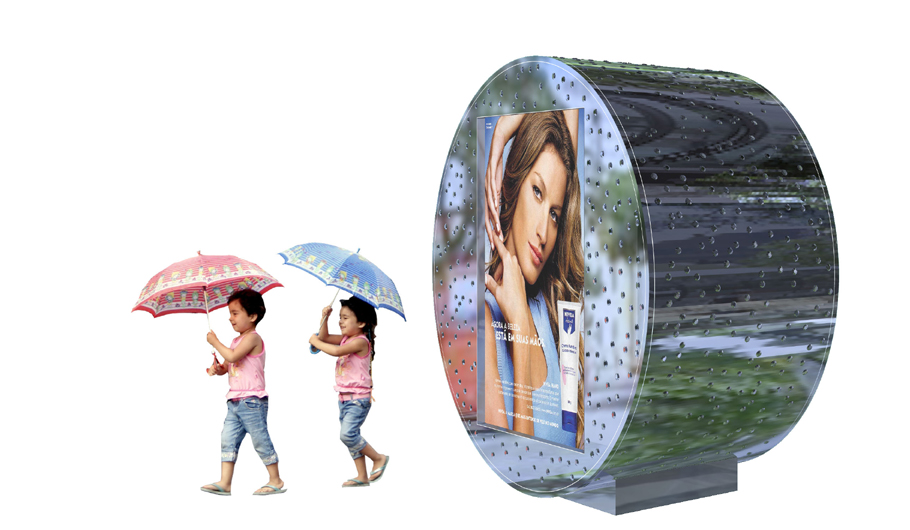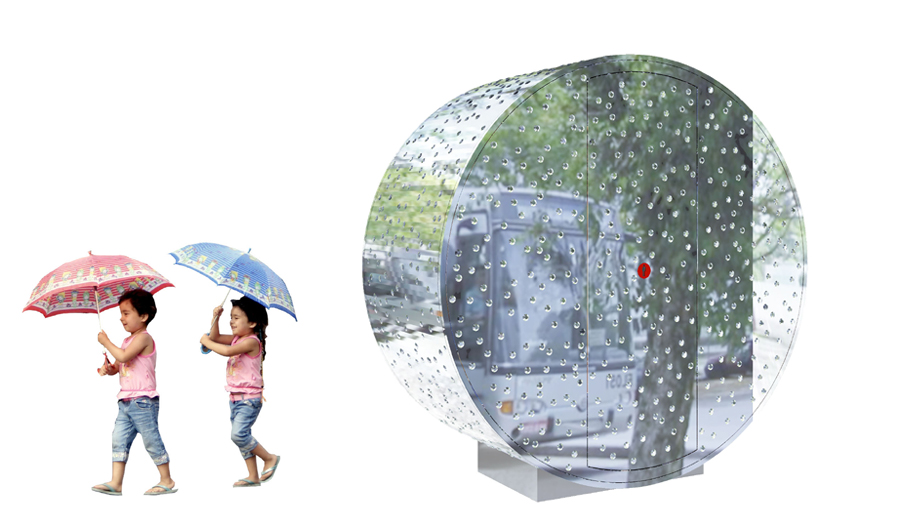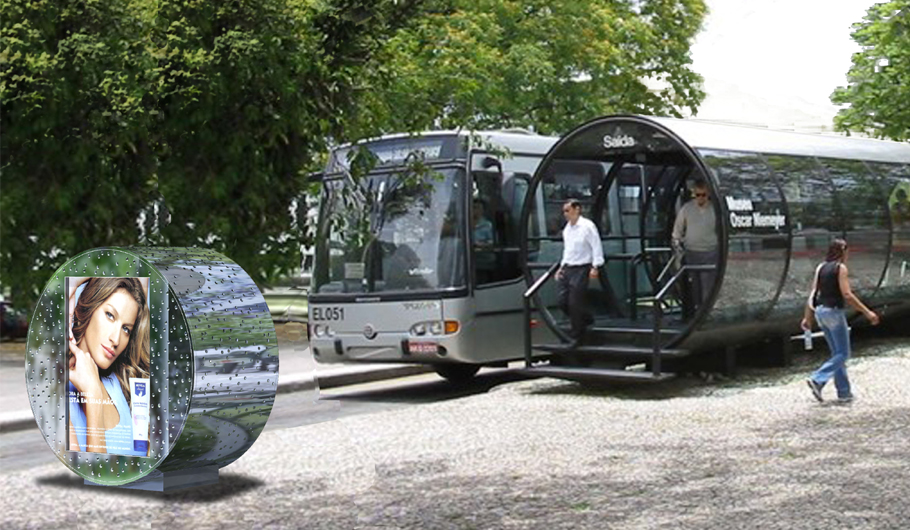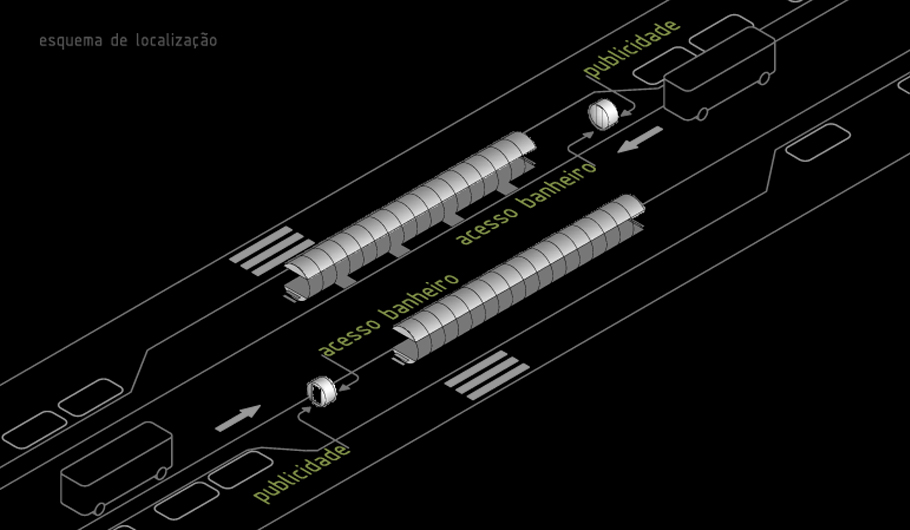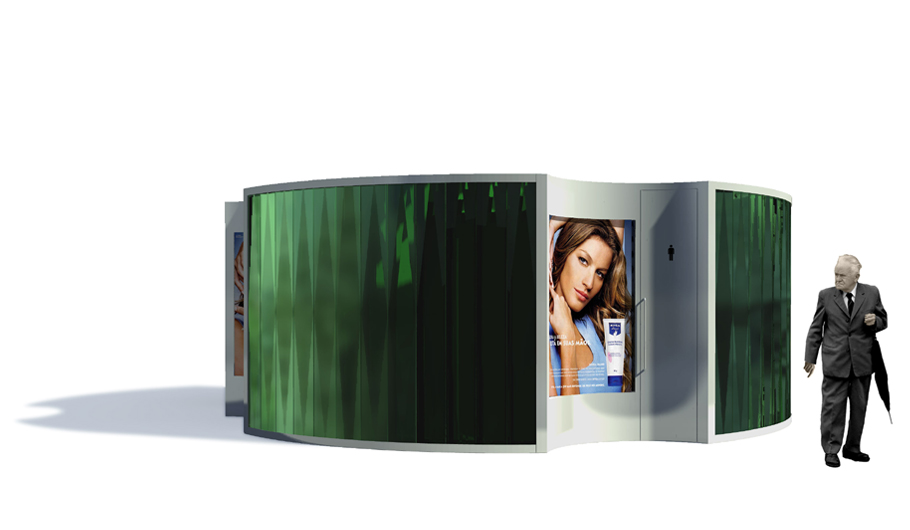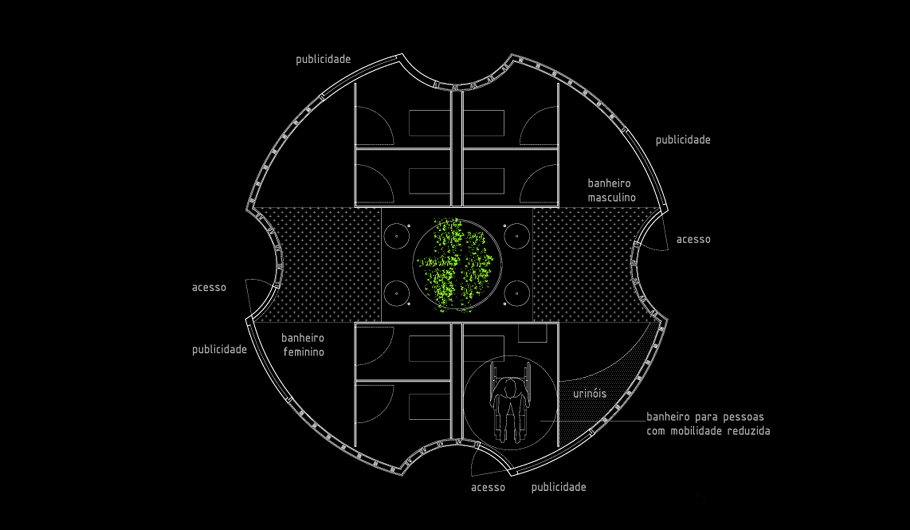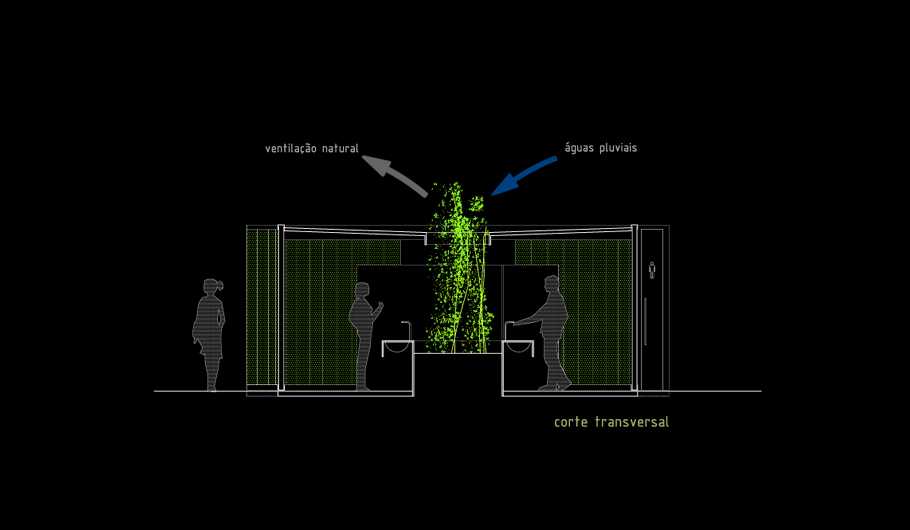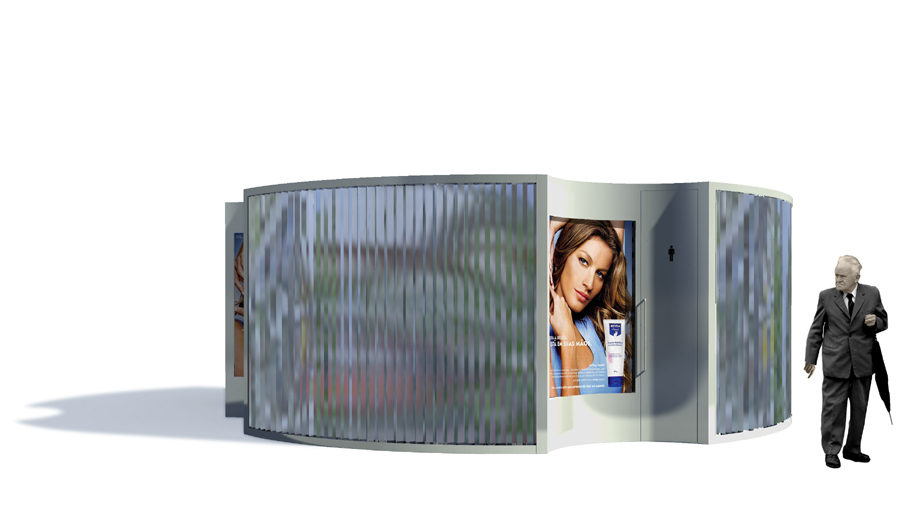-
installations
- iris, madrid
- ro in the clouds, madrid
- vortex, Denver International Airport (DEN)
- light flowers, nanchang, china
- ring (do, undo, redo), leipzig
- yoyo light art installation, madrid
- mile high tree, denver, CO, USA
- laniakea, madrid
- lucia in the sky, madrid
- light maze, itinerary
- stellar, madrid
- yǔzhòu light maze, sanya, china
- xmas tree puerta del sol, madrid
- two triptychs for puerta de alcala, madrid
- calle arenal, madrid
- lux.lge, geneve lux festival 15, geneva
- light maze selfie park, hong kong
- moon, gran vía, madrid
- kurfürstendamm, berlin
- elisabethplatz, munich
- xmas campaign, telefonica, spain
- centenary gran vía, madrid
- vogue fashion's night out, madrid
- calle preciados 08, madrid
- paseo de recoletos 08, madrid
- exhibition, vict.& alb. museum, london
- mikado, fête des lumières, lyon
- plaza mayor 07, madrid
- paseo de recoletos 07, madrid
- paseo de recoletos 06, madrid
- kinetic light installation for edp, lisbon
- summer fair, maria faraona, malaga
- gateway, summer fair, malaga
- gran vía 05, madrid
- paseo de recoletos 05, madrid
- product design
-
architecture
- shui ta tower, v1, chongqing, china
- quanxi bridge, chongqing, china
- cinema dffb, berlin
- apartment refurbishment, munich
- apartment building, munich
- secondary school, dublin
- hotel herrera del duque, extremadura
- plaza de oporto, madrid
- electro luna park, andalucía
- plaza de la luna, madrid
- water deposit, madrid
- videos
Public Toilets RIT Curitiba, Brazil aseos públicos para la Red Integrada de Transporte, Curitiba, Brasil, 2009
client: PSA, Gr.Ind. ONCE
constructor: PSA, Gr.Ind. ONCE
area: 1,5 m2
year: 2009 (project)
location: 700 units/ bus stops, Curitiba’s Public Transport System
team: joão gomez leitão, antonio bernacchi
status: stand-by
memoria
Curitiba, una ciudad con actualmente 1,8 millones de habitantes en el sur de Brasil, fue pionera al instalar la primera “Red Integrada de Transporte” en el año 1968, planificada y diseñada por el arquitecto Jaime Lerner, que más tarde se convirtió en alcalde de la ciudad. El sistema está pensado como un metro en superficie, con vías exclusivas para autobuses que recorren los 5 principales ejes de la ciudad y que constituyen las denominadas líneas rápidas con una longitud total de 72 km. Las estaciones son fácilmente identificables por su forma de tubo. Son accesibles y al embarcar y desembarcar ya con el ticket validado y a nivel, el tiempo de parada se reduce considerablemente.
Se nos encargó el diseño para unos aseos públicos unisex asociados a las estaciones. El mobiliario propuesto mantiene la sección circular como característica formal. El material de cierre es de acero inoxidable pulido con una textura de punzones introducidos mecánicamente. La fachada actúa como un camuflaje reflejando el entorno aunque la textura de punzones introduce deliberadamente alteraciones.
Para los intercambiadores grandes de autobuses con un tráfico de público considerablemente mayor se requería un módulo autónomo con igual facilidad y autarquía de instalación.
short description
Curitiba, a city with 1.8 million of habitants in the south of Brazil, became pioneer when installing in 1968 the first Bus Rapid Transit (BRT) system. Planned and designed by the architect Jaime Lerner, who later would become Mayor, the system was conceived like an over ground metro with exclusive lanes for the buses that run along the 5 main city axis and constitute the so-called “fast lines” with a total length of 72 km. The stops are easily identifiable thanks to their tubular shape. They create an indoor platform where people can validate their tickets while waiting for the bus, what allows to reduce considerably the stop time.
We were commissioned the design for unisex public toilets associated to the BRT stops. The proposed furniture maintains the circular section as formal characteristic. The finishing material is a polished stainless steel with a mechanically stamped in nipples- texture. The façade acts like a camouflage reflecting the surroundings though the texture deliberately introduces some alterations.
In case of bigger stations, where traffic is considerably denser, it was necessary to design an autonomous module that would keep the same autarky and easiness of installation.
